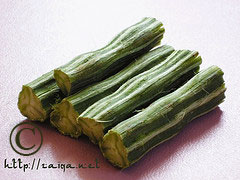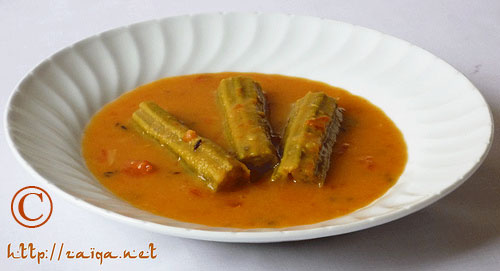Crisp Wadas (Wada-singular, and Wade-plural) with hot sambar or soconut chutney are an another favorite of the Hyderabadis and all South Indians. These are available at almost all the food stalls and tiffin restaurants. I remember I had the most delicious of the Wada-Sambar and Dosas at Shadaab restaurant at Charminar in Hyderabad.

Maash ke Wade – Indian Soft and Spicy Donuts
Wadas are quite simple to prepare. I always used to be so amazed at the ease by which my mother used to get a perfect hole in the centre and deep fry these yummy and spicy, crisp outside and soft inside Indian donuts aka wadas. The trick is not to add excess water and wet your hands before you prepare each vada in your palm to drop into the hot oil carefully. Once you will get a hang of it with some practice, it will be easy as pie.
Wadas are a common sight as street food or tiffin in India, usually had at breakfasts or as snacks in the evenings. An another variety of a dish prepared with wadas is the famous Dahi-Wada, an another favored snack of Hyderabadis.
I often prepare these wadas for Iftaar along with Kothmir-Pudina ki Chutney along with other light snack items, or enjoy them as a snack in the evenings during normal days.
Maash ke Wade – Indian Spicy Donuts
Ingredients:
Split Black Gram/Urad dal – 1 cup
Green chillies – 6-8, small
Ginger garlic paste – 1 tsp (optional)
Dried and crushed Curry leaves – 1 tsp (optional)
Salt – 1/2 tsp
Cilantro/Kothmir – 1/4 cup (optional)
Dry desiccated Coconut – 1/4 cup (optional)
Water – 1/4 cup
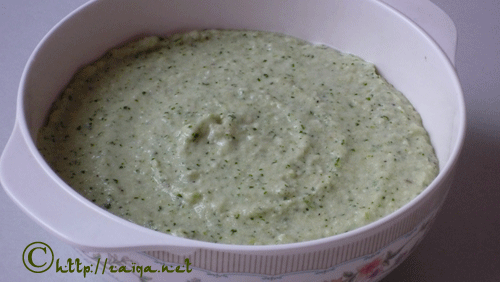
Vada Batter
Method:
1. Wash and soak the dal for about 4-6 hours in surplus water.
2. Drain and add the dal and the rest of the ingredients to a food processor container or a blender container and process/blend till smooth. Only add a little water to make the batter smooth. Do not make the batter watery, or else they will not be able to hold their shape.
3. In a wok or kadai at medium high heat, add oil for deep frying and let it heat up.
4. Wet your hand, take a portion of the mixture and make a hole in the center with your thumb. Upturn your hand and drop the wada in hot oil.
5. Deep fry about 4-6 wadas depending upon the size of the kadai or wok. They need to be turned for even frying. Once they are golden brown in colour, remove them on a tray lined with paper towel. Continue doing this until all the batter is used.
Suggested Accompaniments: Enjoy them along with Kothmir-Pudina ki Chutney.
Note: Inspite of deep frying, they do not have oil in them as the air inside the Wadas pushes the oil out while they deep fry, hence they are relatively oil-free.
This goes to ‘Joy from Fasting to Feasting’.
Luv,
Mona
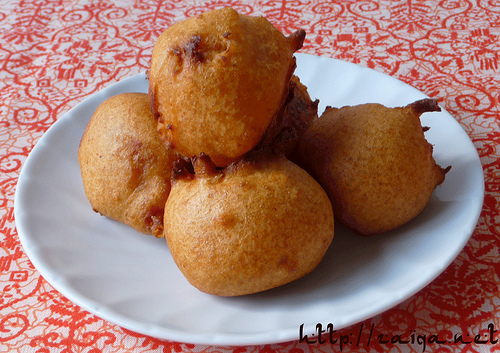
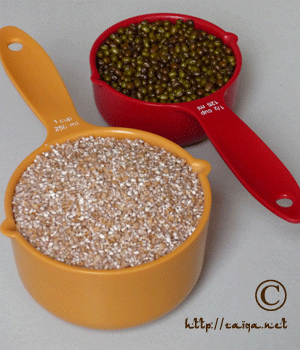
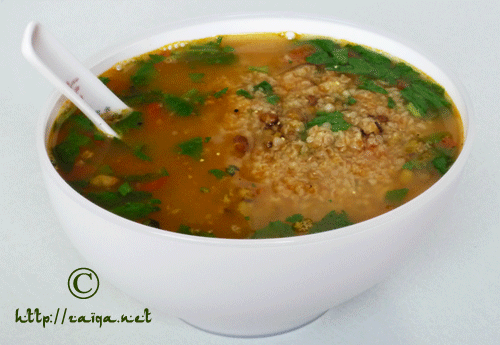
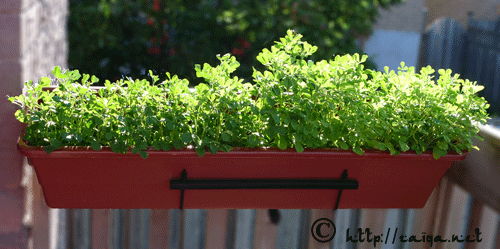

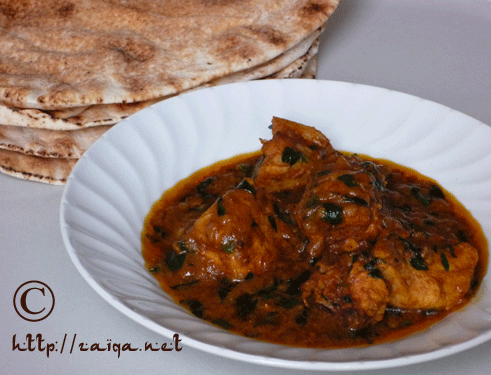
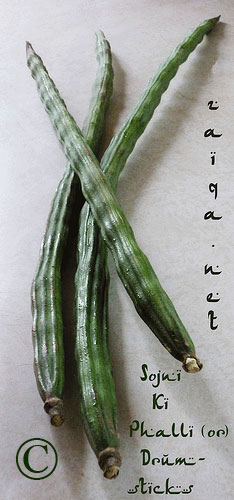 Sojni Ki Phalli in Urdu language, are also called as ‘Drumsticks’ in English language. They are long, green, slender and triangular pendulous pods which grow on the Drumstick tree or
Sojni Ki Phalli in Urdu language, are also called as ‘Drumsticks’ in English language. They are long, green, slender and triangular pendulous pods which grow on the Drumstick tree or 